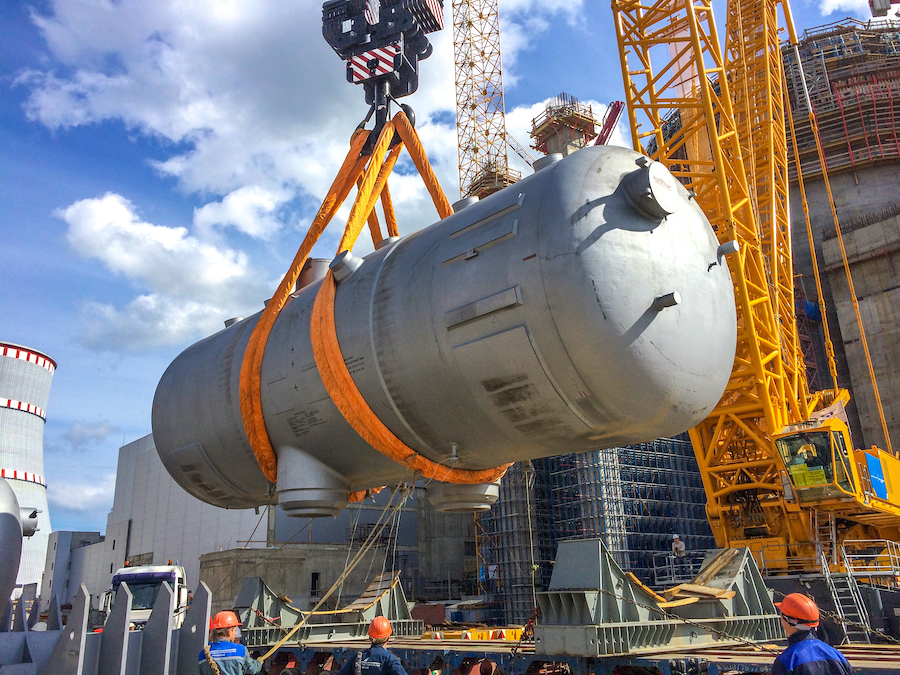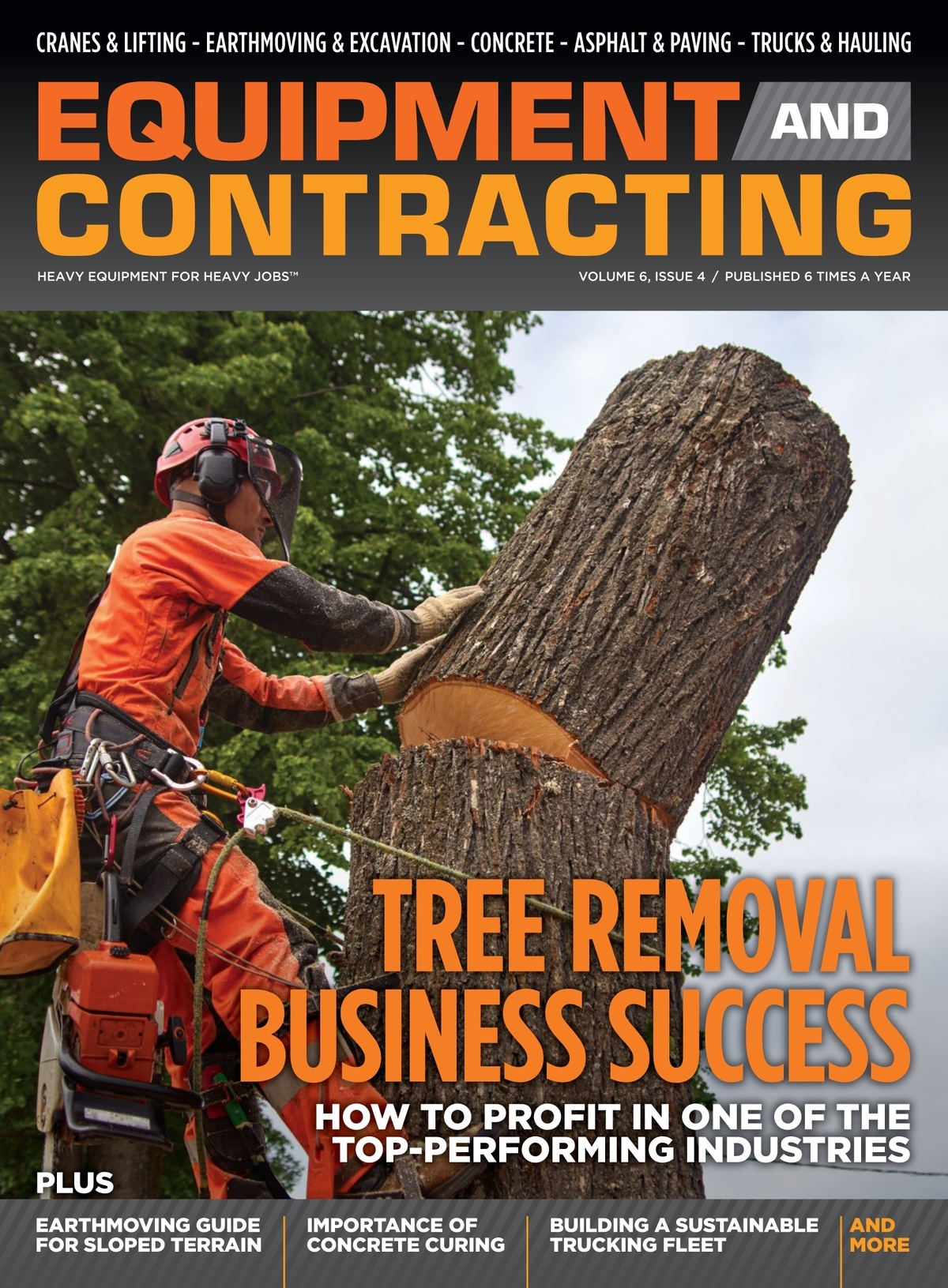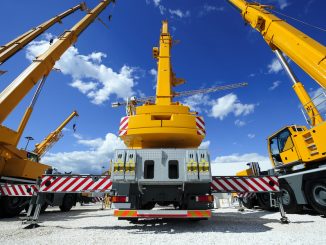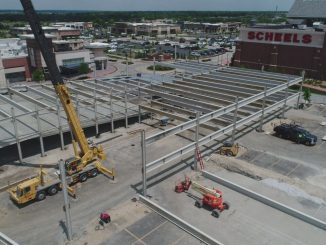View the complete article here.
In our first article on lifting plans, we discussed why you need one. Specifically, all of the details that impact how a lift will be performed. Now we will provide guidelines for creating the actual lifting plan.
Target Audience
You need to consider who will read the lifting plan. The workers involved in the actual lift need all the details. But others, like directors, only need a high-level understanding of the lift. Your lift plan should include an overview section. The plan will be used to:
- Purchase or lease equipment.
- Hire workers.
- Supervise the work.
- Implement the lift.
Planning for the Plan
There is important work to be done prior to developing and documenting the lifting plan. This includes:
Site Survey
A qualified person must perform a site survey. This includes determining the specifics of the load to be lifted, ground conditions, where the lift will start and where it will end. The type and quality of the access road should be assessed to determine how the equipment will reach the site. Any specifics about the load and the lift area that will impact the success of the lift should be documented.
Risk Assessment
During the site survey, any possible risks to the safe implementation of the lift should be documented. Power lines or poor ground conditions are examples of hazards that increase the risk of lift failure. A risk mitigation plan will become part of the overall lifting plan.
Lift Type Classification
There are two types of lifts: routine and non-routine.
Routine Lift
In general, a routine lift will fall well within the maximum abilities of the machine. Other aspects of a routine lift include, but are not limited to:
- The load weight, dimensions, and center of gravity are within normal parameters.
- Standard rigging and a certified lifting point will be used.
- The lift area is not challenging, such as limited headroom or difficult soil conditions.
- A single lifting machine will be used.
Non-Routine Lift
A Non-routine lift exceeds the parameters of a routine lift due to particularly heavy or odd-shaped loads. Or, the load may be standard, but the environment is challenging. Other examples of non-routine lifts include, but are not limited to:
- A lift from one onshore vessel to another.
- A tandem lift that requires to machines.
- A lift that does not include lifting points.
- A lift that uses non-standard rigging.
A technical review of the non-routine lift plan, typically by an engineer or other experienced person, should be completed.
Load Assessment
Every load assessment should include:
- The weight of the load (the load itself plus all lifting accessories).
- Overall dimensions (length, width, and depth).
- Position of the center of gravity.
- Lifting and slinging points.
- Pickup radius.
- Final location radius.
- Height the load will be lifted to.
Use a Checklist
The use of a checklist helps reduce risk. Examples of checklist items include:
- Performing an equipment inspection.
- Ensuring correct positioning of the lift equipment.
- Checking the foundation and, if used, the shim plates.
- Ensuring proper clearances from surrounding structures.
- Checking the boom length of the crane.
- Carefully inspecting the rigging.
The checklist should be part of the lift plan and only executed by an experienced worker.

Roles and Responsibilities
Each person involved in the lift and their specific responsibilities should be part of the lift plan. Typical roles include:
Directors, Operation Managers, and Project Managers
Managers have a responsibility to ensure that health and safety regulations are known and followed. They must ensure that the proper equipment is provided for the lift. And, that workers are properly trained to carry out the lift.
Operations managers are responsible for the details on the ground. That cranes and rigging are appropriate for the lift and there is a process for reporting and removing defective equipment. They must ensure that workers are trained in the use of all lift equipment, safety and emergency procedures, and communication methods.
Planners
Anyone involved in the development of the lift plan must have the technical knowledge, theoretical training, and practical experience needed to perform the work required to plan the lift. If needed, they will reach out to other professionals to assist in the site survey, risk assessment and mitigation plan, and load evaluation.
Supervisors
A supervisor must have the technical knowledge, training, and experience to handle the complexity of the lift. The operation manager is responsible for ensuring that a supervisor is well versed in the details of the lift plan. The supervisor must assess changing conditions and determine if it is safe to proceed with the lift.
Workers
All workers involved in the lift – operators, riggers, and signalmen, should never perform work beyond their competency. They are responsible for inspecting equipment prior to the lift and reporting any problems to their supervisor. Workers must understand and follow all safety and emergency procedures. Any worker should have the authority to stop a lift they deem unsafe.
Lift Plan Template
A standard template can be developed for lift plans. However, each lift is unique. The template is mainly used as a checklist for the lift plan.
Post-Lift Review
Given the importance of lift operations, the team should review the results of the lift. What went well? Where did problems arise? How can lift plans be improved moving forward? The discussion should include representatives from management, engineering, procurement, and the work team. Every department involved in the lift should have input. This extra effort, taken seriously and documented, can increase safety and result in more successful lifts moving forward.
Conclusion
A lift plan must be carefully developed by a competent team. It is not just a document to be filed – the success of the lift and safety of the team depends upon it. Although some stakeholders only need to know the plan at a high level, operations managers, supervisors, and workers must understand and carry out the details of the lift. Assessing the lift after its completion is an integral part of the process. The goal is to continue to reduce risk and increase the likelihood of a safe and successful lift.
View the complete article here.
What are the key steps involved in creating a lifting plan?
Creating a lifting plan involves essential steps such as conducting a site survey, performing a risk assessment, classifying the lift type, assessing the load, using a checklist, defining roles and responsibilities, employing a lift plan template, and conducting a post-lift review.
Why is a checklist important in the lifting plan, and what does it include?
A checklist in the lifting plan is crucial to reduce risk and includes items such as equipment inspection, lift equipment positioning, foundation and shim plate checks, clearances from structures, crane boom length verification, and rigorous rigging inspection.













































